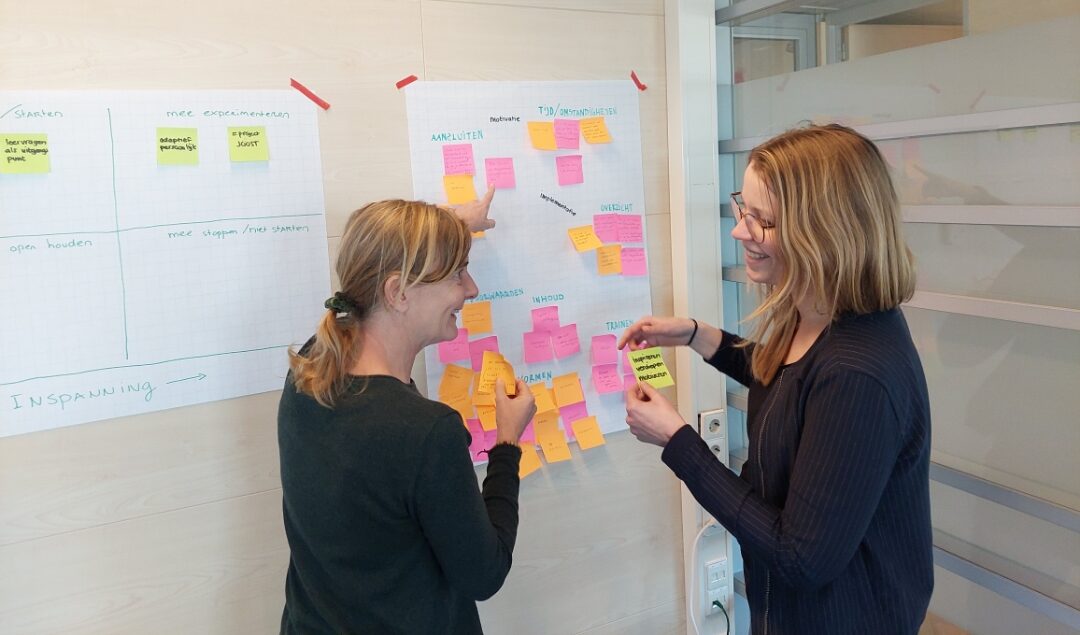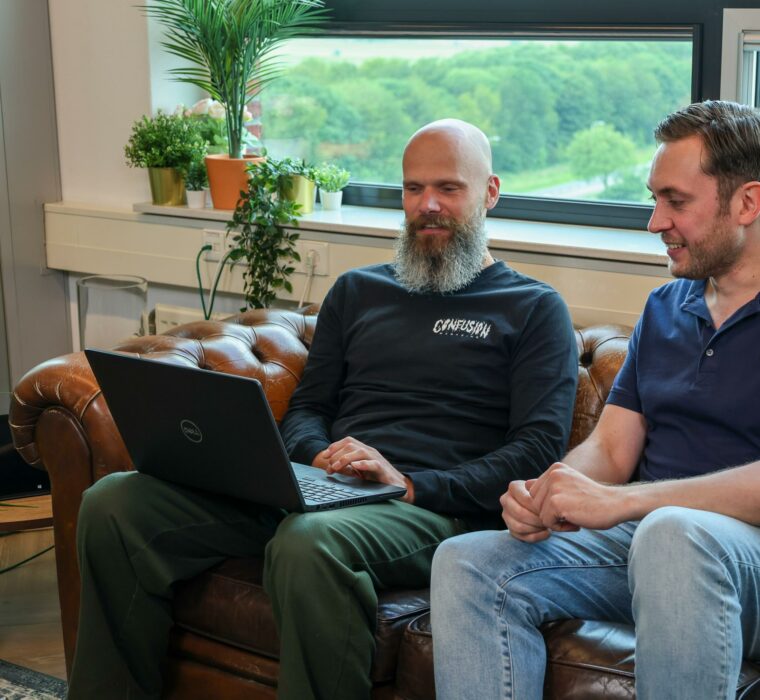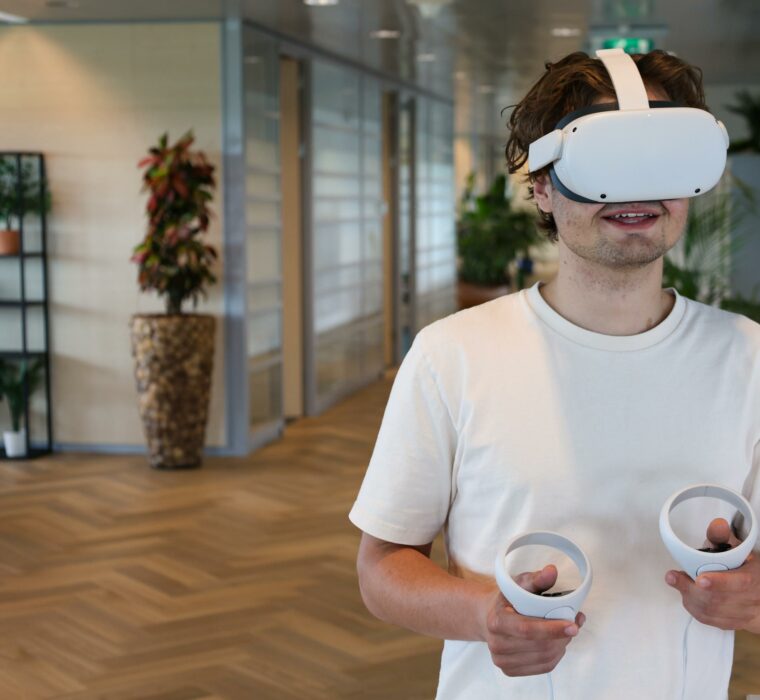
Hey Melinda,
Systems thinking in online learning, very relevant! Imagine this: you’ve come up with a great learning solution to improve privacy awareness in your company. Your analysis is thorough, the type of solution fits the target audience perfectly, and everyone is excited. But during implementation, you suddenly encounter resistance from the participants. Where did this come from? Was your analysis not foolproof after all? Even after careful evaluation, it remains unsolved. Until you hear informally that a round of layoffs is imminent. No wonder no one is motivated to learn!
As Learning & Development professionals, we sometimes forget that within a company there is a complex network of factors that influence employees’ personal development. Employees not only improve in their own tasks, but are also constantly affected by discussions with a colleague, changes in management or even something as simple as a shift of desks.

Achieve development goals by systems thinking
This interplay of influences within a company can be thought of as a system. And to achieve development goals, you will have to consider the whole system to a greater or lesser extent. Especially if you want to effect radical change, such as promoting self-direction or vitality. You often notice this naturally:
- For example, the same problem recurs again and again (groundhog day; the onboarding is turned upside down every year).
- You tackle part of the problem, but another part actually exacerbates (whack-a-mole; in your sessions on giving feedback, people who already found this very difficult get even more opposed).
- Or your well-intentioned learning intervention makes the problem worse (opposite day; after your training on safety there are suddenly many more incidents).
Recognizable? Then you know that one learning solution probably won’t tackle the problem and that you need to work with the entire system. Here you can use an approach from systems thinking.

An option
I will outline a possible approach using an example.
- Formulate your challenge. For example: I want to achieve that all employees in my organization handle personal data carefully. Specifically, I want to cut the number of data breaches in half in a period of three years.
- Visualize the ultimate system. For example: my ideal work environment (system) encourages employees to proactively protect personal data in the daily work routine.
- Formulate a question. Frame what you want to find out. For example, I want to know what factors contribute to employees not always proactively protecting personal data in their daily work routine.
- Organize a brainstorming session. Bring together representatives from all levels of the organization and write on post-its what factors might influence your goal. Consider, among other things, the influence of important key figures (both in function and behavior), policy, the physical and social environment, and ingrained ideas, norms and values.
- Discover connections. Identify negative and positive relationships between the factors and visualize them with minus and plus notations between the post-its. They might initiate something. For example, there is little budget for senior privacy officers, so current privacy officers do this as a secondary role. They make little impact, so management does not see the importance of investing.
- Take a step back. Work together to find one or a few story lines that outline how the system affects your goal. For example, we do not measure whether privacy goals are met, but only measure the pass rate on our e-learning on privacy. As a result, privacy goals do not appear alongside production goals on team plans and their importance seems secondary. Privacy officers make up for this with increasingly detailed rules, which end up in increasingly complex e-learning. This in turn deters employees (jokes are already being made about it).
- Focus on impact. Look for opportunities to maximize impact with small changes. Maybe you can cause a ripple effect throughout the system. For example: we choose a small practical tool to measure behavior around privacy and share the results in team meetings. Employees take a simple e-learning on privacy basics and organize a challenge: teams are challenged to come up with ways to meet privacy goals. In addition, we invite a senior privacy officer to a training day with current privacy officers.











